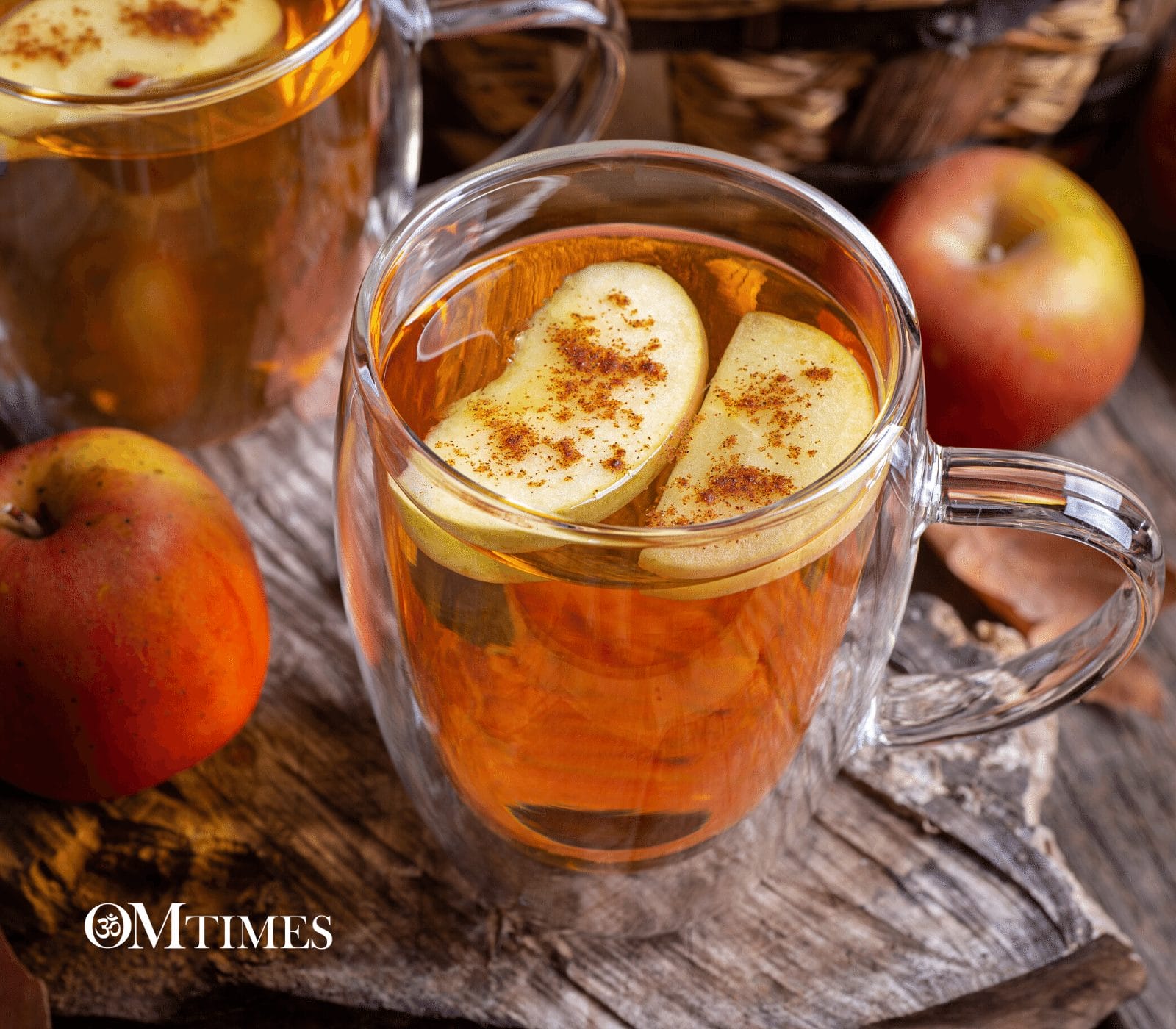How About Some Apple Cider?

Not that long ago many Vermont farms made apple cider in late fall, storing it in large wooden kegs, with an airlock to allow the cider to ferment into hard cider.
Fall Harvest: How About Some Apple Cider?
By Ron Krupp
I worked at Hill & Dale Farm in Putney, Vermont, in the late l960s. Every fall, we made real apple cider- not the kind you reach for on your market shelves. I say “real’ because we mixed a variety of apples like Northern Spy, McIntosh, Cortland, Baldwin, Delicious, and wild apples, never using more than 25 percent of the wild ones because it would be too tangy. Besides the fact that the apples were organic, the cider had both a sweet and tart taste as well as body and richness most cider is lacking today. Most super-market pasteurized cider comes from McIntosh apples, which is okay if you like the taste of apple juice, but it just doesn’t have the lift of “real” cider. Many small farms make their cider, and it’s quite good.
The old apple cider mill was a two-stage process: first grinding the apples by hand in a cast-iron hopper and teeth. After the fruit was crushed into the pomace or mash, it was pressed by a screw-type mechanism, the outside made of wood and the screw or auger made of iron. You would turn the crank by hand, which would press the mash into cider. Animals have once used to power the crusher.
Modern electric presses are usually more efficient in the amount of juice pressed per gallon. The apples are washed and then go through a hopper where they are shredded by a metal roller with sharp blades. The resulting mash drops onto a heavy-duty cloth whose ends are folded between slated wooden or plastic racks. The mash is then pressed by a hydraulic piston and the result in sweet cider.
The last pressings of cider are the finest. For the best cider, pump the hydraulic press down a little harder but not too hard. Just like the old Maxwell House commercial: “Good to the Last Drop.” The last pressings took place in November. The root cellar was cool by then, and you can store the apple cider in glass jugs, leaving a little room at the top. The cider stored in the glass jugs would last until Easter if stored properly.
When the sun begins to climb higher in the sky at Easter, the root cellar warms up, and the cider turns into vinegar. You can also store cider in a refrigerator in glass jugs or freeze it in plastic containers, making sure again to leave a little space at the top. The cider of today is not stored for any length of time but pressed close to the time you buy it because apples can be stored much easier than in the past.
Not that long ago many Vermont farms made cider in late fall, storing it in large wooden kegs, with an airlock to allow the cider to ferment into hard cider. Much of the time, the hard cider was siphoned off into ceramic jugs, the kind you see at antique shops.
Cider in those days was pretty much all hard, and when it turned again, you had vinegar, which had many uses on Vermont farms. For example, during haying season, a good drink to cool off with was “Haymakers Switchel,” a combination of apple cider vinegar, honey, and water. Maple Syrup could be substituted for honey. Many people today make a daily drink of vinegar and water; they believe it improves their health.
It won’t be long before the last honkers (Canadian Geese) will have passed overhead, and the cider we made has turned and settled in the oak barrel in the cellar. Now we can settle down for a while before we are getting on with the other autumn chores. Bottoms up and have a good rest.
You will also enjoy Root Cellars – The Underground Kingdom
About the Author
Ron Krupp, teacher, writer, entrepreneur, and community organizer has been farming and gardening in Vermont for more than thirty years. He has a master’s degree in teaching from Antioch University and a master’s degree in agriculture from the University of Vermont. He studied biodynamic gardening and farming at Emerson College, U.K. In the 80’s he edited The Green Mountain Farmer. In the mid 90’s he had a garden column in The Vermont Times and a garden commentary show on Vermont Public Radio. He is a frequent guest for features on the Vermont Public Broadcasting System and does garden and farm commentaries. His book The Woodchuck’s Guide to Gardening is going into its tenth printing revised 2013 with over 20,000 books sold). His second book titled Lifting the Yoke: Local Solutions to America’s Farm and Food Crisis is in its second printing. He is working on a third book titled The Woodchuck Returns to Gardening
OMTimes Magazine is one of the leading on-line content providers of positivity, wellness and personal empowerment. OMTimes Magazine - Co-Creating a More Conscious Reality










